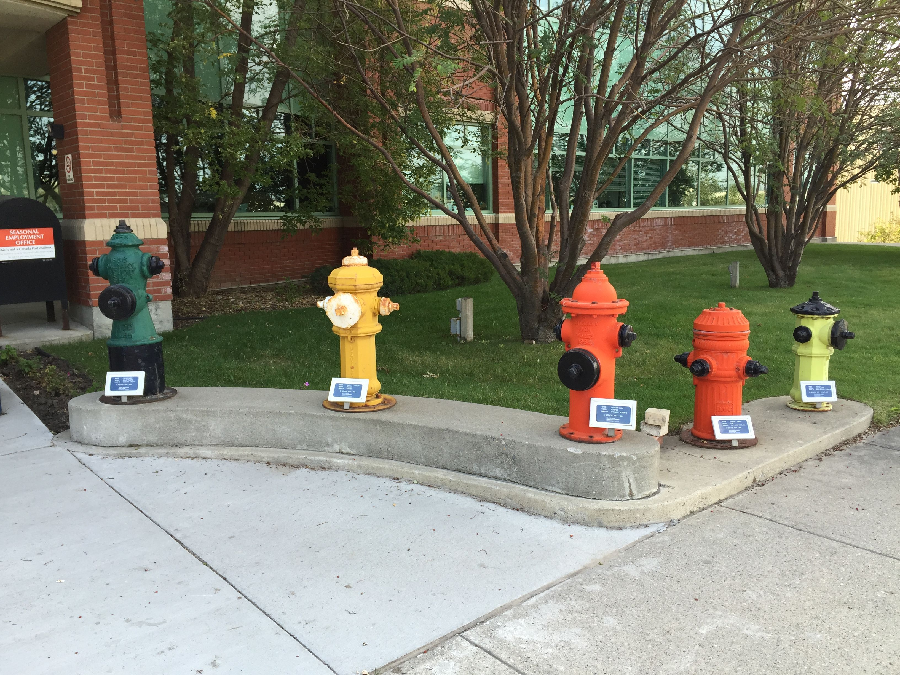Fire Hydrants Through History

Fire hydrants are so ubiquitous that most people never pay much attention to them. A fire hydrant flow test may attract some attention, but usually they remain unobtrusive until needed to extinguish a fire. Fire hydrants haven’t always existed, but some apparatus with which to fight fires have been around for many centuries in cities around the world.
Cisterns and Cauldrons
When people started to gather together to live in cities, fires quickly became a problem, and authorities began to recognize a need to have water available for fighting fires before they had a chance to get out of hand and destroy large numbers of buildings. People in colonial America and elsewhere dug cisterns for underground storage. Even before that, people in ancient China kept cauldrons filled with water above ground at strategic locations within cities.
Fire Plugs
Fire plugs followed the development of pressurized water supplies, which were dispersed throughout the city through underground pipes, initially made of wood. When there was a fire, firefighters would dig into the ground and drill a hole in the water main to fight the fire. It became necessary to plug up the hole once the fire was out. These became known as fire plugs because they could close up the hole in the water main and be unplugged in the event of a future fire.
After the Great London Fire in 1666, the city decided that having to drill a new hole if there wasn’t one already available was an inefficient way to fight fires. Officials decided to install new water mains with easy-to-access plugs above ground and predrilled holes to line up with them. This may be the reason that “fire plug” is still more commonly used in England over “hydrant.”
The word “hydrant” was first used to refer to special water valves made of metal in the early 1800s. It is not clear who coined it, but it derives from “hydro,” the Greek word for water.